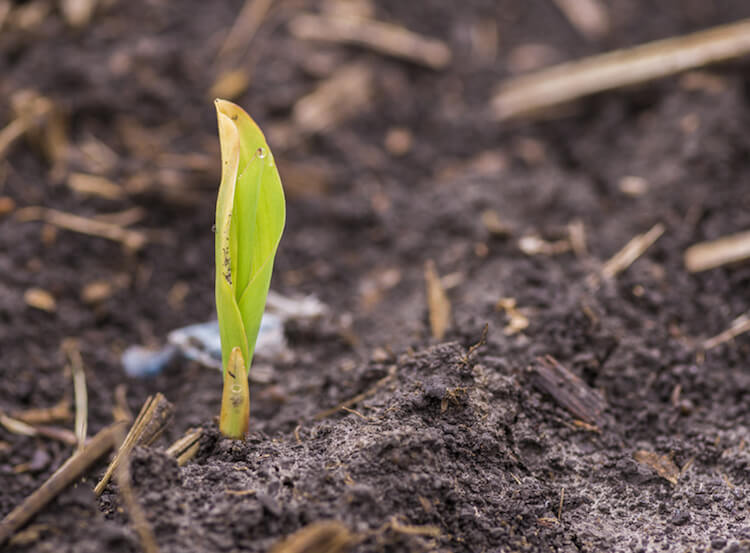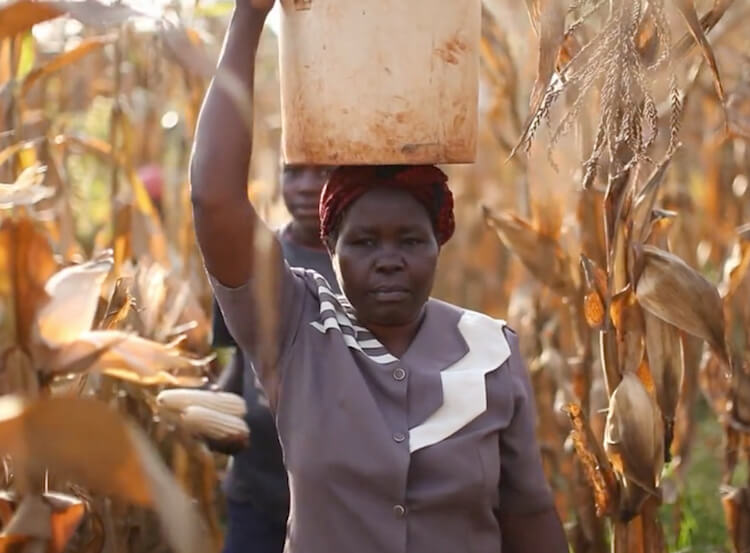
Farming The Sky
The practical benefits of wind power are not news to most farmers. But wind energy has grown up in the past two decades, and new turbines are helping the agriculture industry harvest energy from the sky.

There was a time, not long ago, when countries like Nepal could only turn to South America for maize. Shipping containers filled with this crop would leave the port city of Sao Paulo and begin the over 9,000-mile journey to central Asia. As one would imagine, this lengthy journey across two oceans and around the continent of Africa leads to a sizable carbon footprint. Nepal serves as an example of how growing closer, can help modern agriculture make progress in conserving energy—but how?
Fortunately for Nepal, the neighboring nation of India is fast becoming a maize-growing powerhouse. The third largest state, Bihar, has recently produced yields rivaling the Corn Belt states of Nebraska, Iowa, and Kansas. Access to seed bred specifically for the tropical conditions of this region, along with good farming practices have allowed India to do the miraculous—export surplus maize to neighboring countries.


When it comes to curtailing energy consumption in modern agriculture, traveling fewer miles is extremely effective. Certain delicacies like chocolate, tropical fruits, or truffles may always be confined to a specific region, but with the advent of genetic sequencing, select crops can be fine-tuned to thrive in many different environments. In cases like India, breakthroughs in plant genetics allow farmers to grow not only for the world, but for their community.
Sub-Saharan Africa is also looking to grow crops in closer proximity but one challenge consistently stands in the way. The ever-looming reality of drought has time and again made farming in this region especially risky and prone to failure. White maize, a staple to the diet of over 300 million Africans is frequently affected by these extended dry seasons.
Importing is costly for Africa in time, money, and productivity. But expense is also incurred via emissions. Shipping anything thousands of miles requires significant amounts of energy and carbon to be released into the atmosphere. The region is in need of a more reliable and efficient method of providing maize.
In support of the many smallholder farmers facing this challenge, leaders in plant breeding, environmental science, and agronomy are seeking a solution. Among other methods, WEMA is developing varieties of maize that tolerate moderate drought conditions. With newfound resilience, this adapted white maize can provide a precious resource: more time. As farmers wait for rainfall, this variety can better endure the hardship.


Image Caption Text
This endeavor can bring a stabilizing force to the African food supply. By providing more reliable varieties of maize, bred specifically for their local climate, WEMA is helping equip these farmers to grow with confidence.
Agriculture has always provided opportunity, a means to feed ourselves, trade, and create a better future for humanity. These factors will remain important but as we move forward, modern agriculture has another focus: our planet. As the industry continues to evolve, modern agriculture will strive to grow crops more efficiently. With every crop, every harvest, and every innovation—we must remember the guiding principle of finding more ways to use fewer natural resources.
Related Articles

The practical benefits of wind power are not news to most farmers. But wind energy has grown up in the past two decades, and new turbines are helping the agriculture industry harvest energy from the sky.

